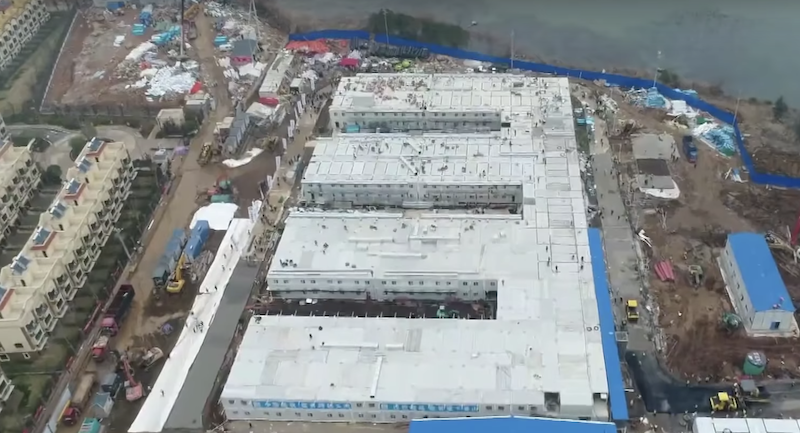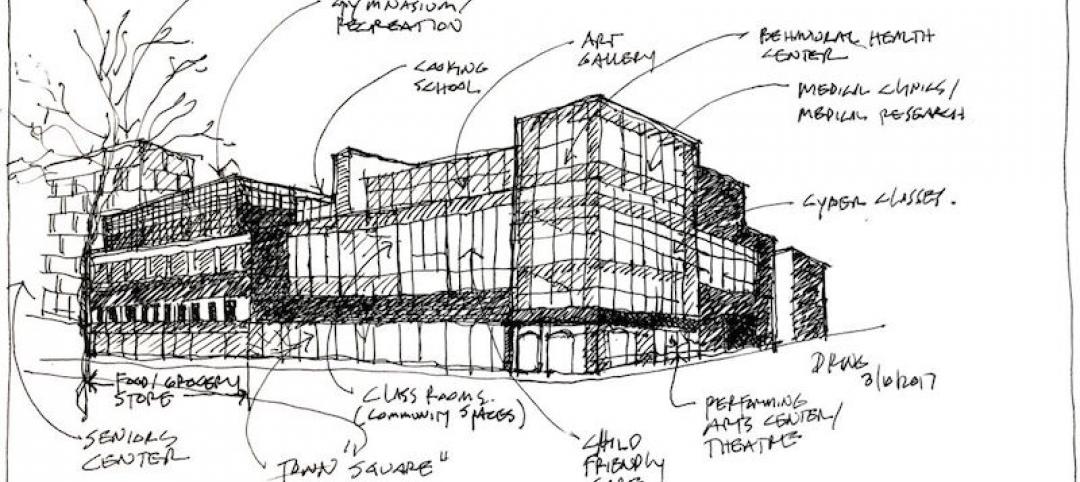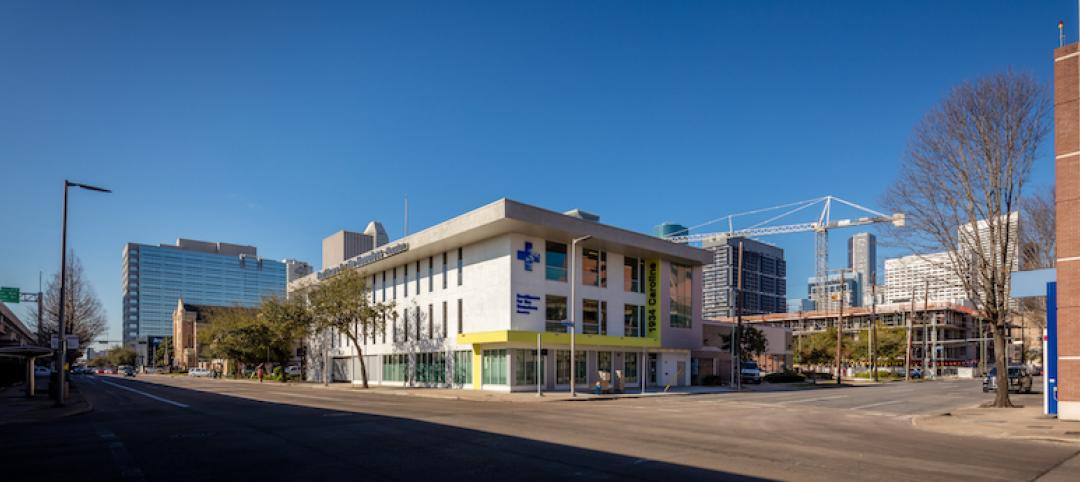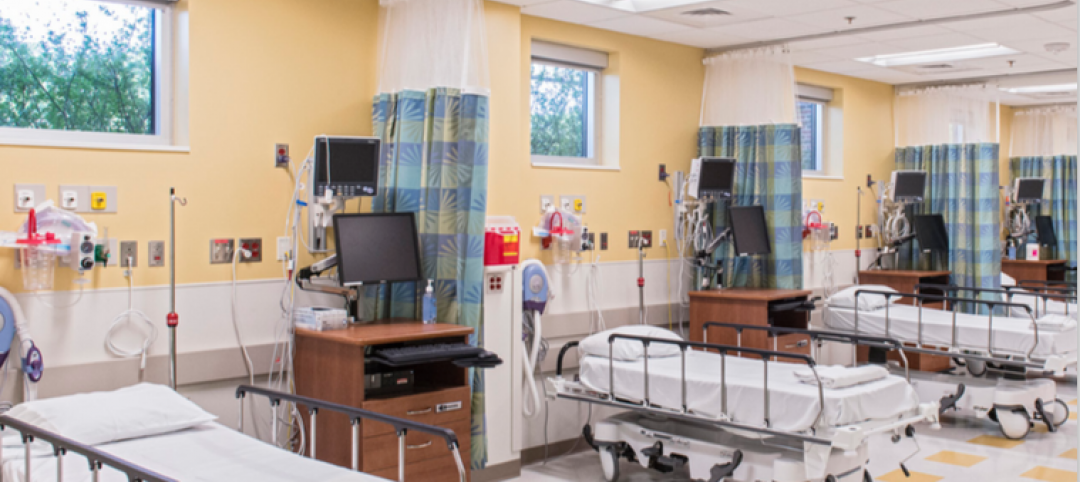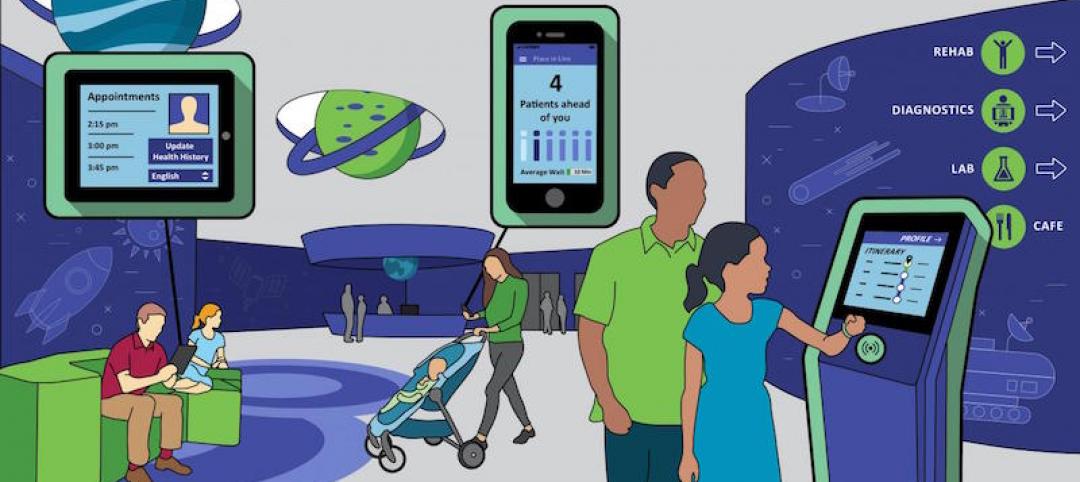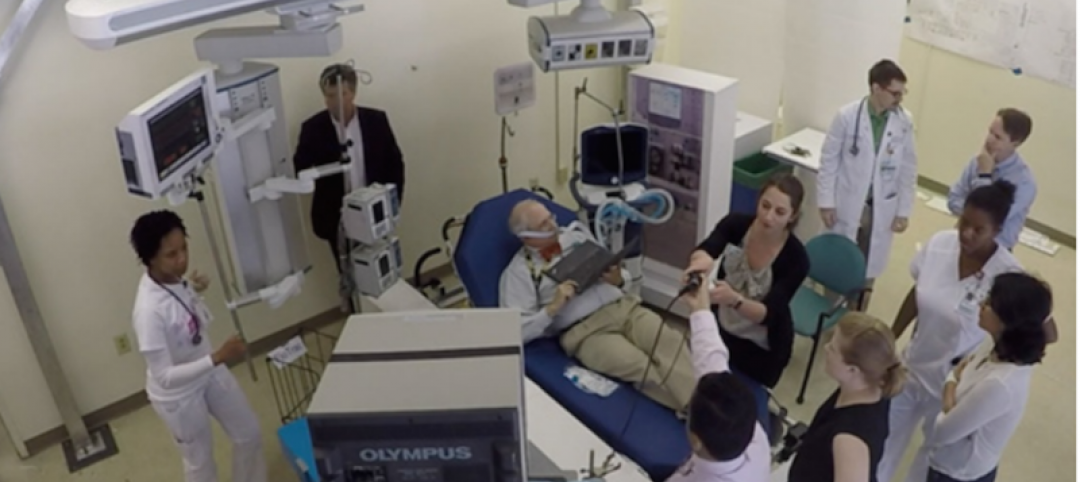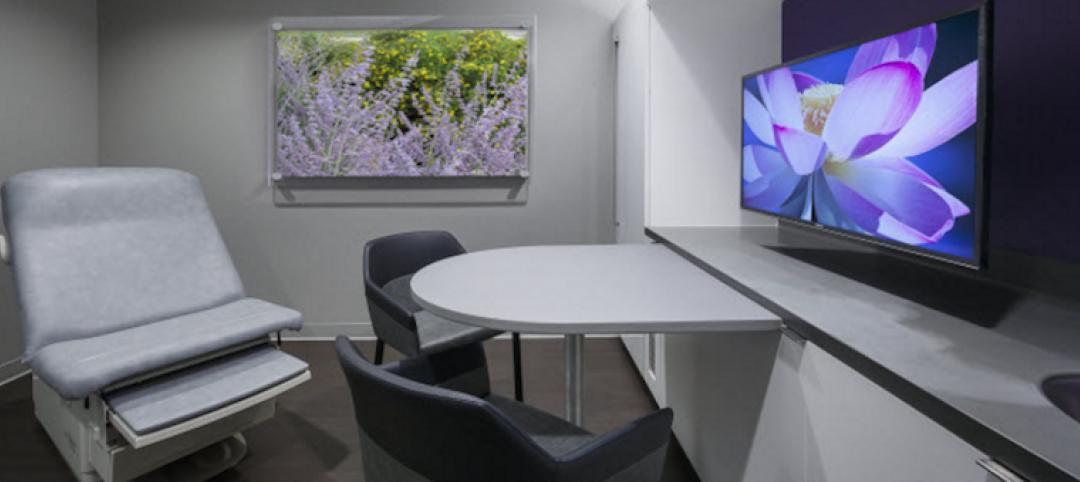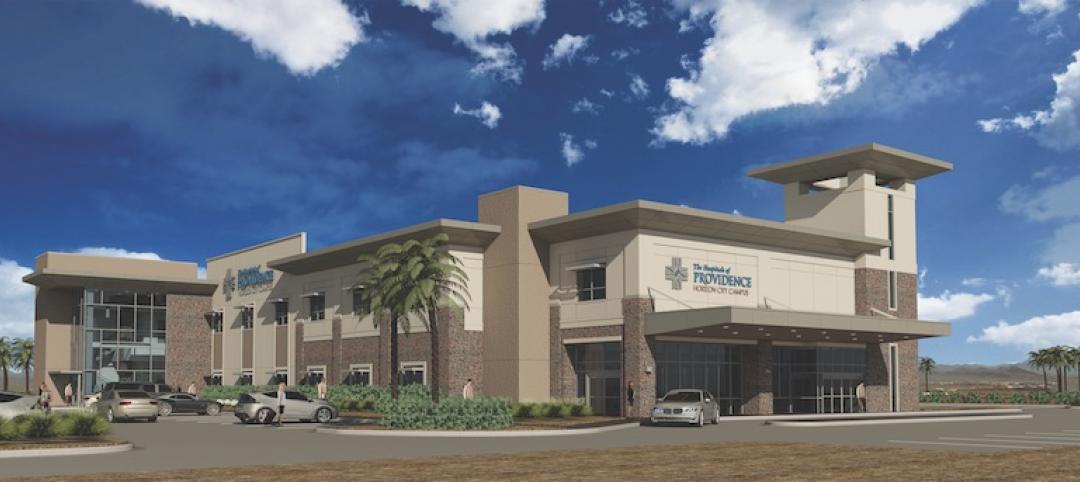A new hospital in Wuhan, China, built to treat patients of the coronavirus outbreak, has finished construction in just 10 days, according to an Associated Press article.
The 645,000-sf Huoshenshan Hospital relied on the use of prefabricated rooms and 7,000 engineers, carpenters, electricians, plumbers, and other tradesmen working around the clock to complete the project so quickly. The two-story, 1,000-bed facility houses patient wards, which includes isolation wards and 30 intensive-care units; bathrooms; doctor rooms, and nurse stations, the Associated Press said, citing China’s Yangtze Daily newspaper.
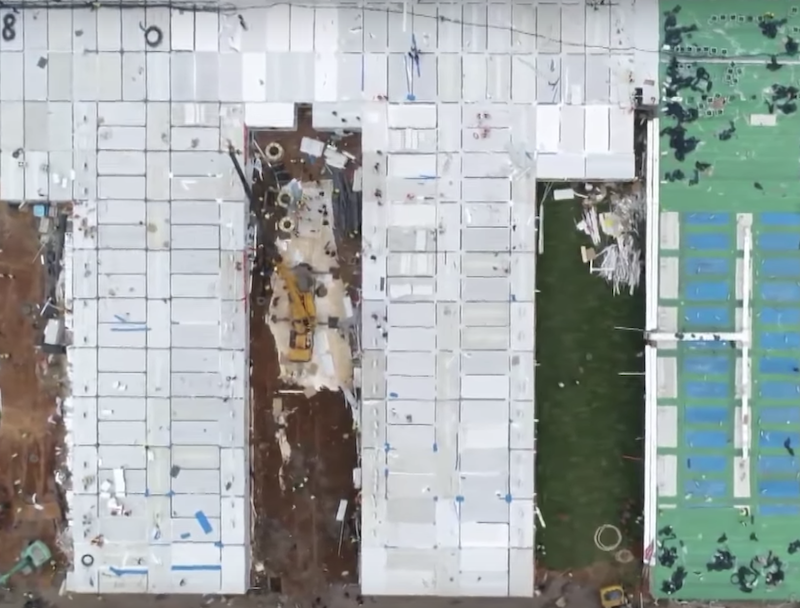
Specialized ventilation systems and double-sided cabinets that connect patient rooms to hallways allow staff to bring supplies to patients without having to enter the rooms. Infrared scanners will warn if any staff members show signs of fever. A video system, installed in fewer than 12 hours, will allow doctors to talk with experts in Beijing’s PLA General Hospital.
See Also: The complex dance of healthcare transitioning
A second facility, the 1,500-bed Leishenshan Hospital, is set to open Wednesday after beginning construction on Jan. 27.
Related Stories
Healthcare Facilities | Apr 11, 2017
Today’s community centers offer glimpses of the healthy living centers of tomorrow
Creating healthier populations through local community health centers.
Healthcare Facilities | Apr 2, 2017
Comfort and durability were central to the design and expansion of a homeless clinic in Houston
For this adaptive reuse of an old union hall, the Building Team made the best of tight quarters.
Healthcare Facilities | Mar 31, 2017
The cost of activating a new facility
Understanding the costs specifically related to activation is one of the keys to successfully occupying the new space you’ve worked so hard to create.
Sponsored | Healthcare Facilities | Mar 29, 2017
Using Better Light for Better Healthcare
Proper lighting can improve staff productivity, patient healing, and the use of space in healthcare facilities
Healthcare Facilities | Mar 29, 2017
Obamacare to Republicare: Making sense of the chaos in healthcare
With a long road of political and financial uncertainty ahead for the healthcare sector, what does this mean for the nonresidential construction industry’s third-largest sector?
Healthcare Facilities | Mar 24, 2017
5 insights for designing a human-centered pediatric experience
Pediatric experience design must evolve beyond the common mantra of “make it fun” or “make it look kid-friendly.”
Healthcare Facilities | Mar 3, 2017
CBRE: Developing a total project budget for a healthcare capital project
Successfully developing a complete and well thought out Total Project Budget is perhaps the most important task you’ll perform in the initial phase of your project.
Healthcare Facilities | Feb 26, 2017
A Georgia Tech white paper examines the pros and cons of different delivery systems for ICUs
It concludes that a ceiling-mounted beam system is best suited to provide critical care settings with easier access to patients, gases, and equipment.
Healthcare Facilities | Feb 24, 2017
The transformation of outpatient healthcare design
Higher costs and low occupancy rates have forced healthcare facilities to rethink how healthcare is delivered in their community.
Healthcare Facilities | Feb 7, 2017
Microhospitals: Healthcare's newest patient access point
Microhospitals are acute care facilities that are smaller than the typical acute care hospital. They leave complex surgeries to the big guys, but are larger and provide more comprehensive services than the typical urgent care or outpatient center.


